Dentist Tips: What Whitening Strips Actually Work?
Discover the secrets to a brighter smile with Double White's expert guide on "What Whitening Strips Actually Work?" Our article delves into top-performing whitening strips, guiding you to make informed choices. Achieve dazzling results effortlessly and confidently. Explore now to unlock your smile’s potential with proven solutions.
- Preface
- What are Whitening Strips?
- Why Do Whitening Strips Whiten Teeth?
- Dentist Recommendation: What Whitening Strips Actually Work?
- Hydrogen Peroxide Teeth Whitening Strips
- Sodium Chlorite Teeth Whitening Strips
- PAP Teeth Whitening Strips
- How to Choose Different Whitening Strips?
- How to Use Whitening Strips
- Conclusion
Preface
Having a bright, white smile is more than just a cosmetic desire—it's a sign of health and confidence. Over the years, teeth whitening has become one of the most popular beauty treatments, but with so many products flooding the market, it can be hard to know which ones actually deliver results. In fact, studies show that about 90% of consumers use teeth whitening strips incorrectly or choose ineffective products. So, how can you ensure you're getting the right product for your teeth?
This article, brought to you by recommendations from professional dentists, will help you cut through the confusion. We’ll explore what works and what doesn’t when it comes to whitening strips, how to use them effectively, and most importantly—how to choose the best product for your specific needs. By the end of this guide, you'll have the expert knowledge to achieve a dazzling smile, without wasting money on ineffective treatments.
What are Whitening Strips?
Whitening strips are thin, flexible plastic strips coated with a whitening agent, typically hydrogen peroxide or other bleaching compounds. These strips are designed to be applied directly to your teeth, where they gradually dissolve stains and discoloration. Unlike professional treatments at a dentist's office, whitening strips allow for a convenient, at-home solution that doesn’t require specialized equipment or a dental appointment.
Compared to other whitening methods like professional in-office whitening or toothpaste, whitening strips are often favored for their convenience and affordability. They can be applied in the comfort of your home, and many products promise to show visible results within just a few days of use. However, not all whitening strips are created equal. Some may be too harsh on your teeth, while others may not offer noticeable results at all. It’s essential to understand how these products work before committing to one.
Why Do Whitening Strips Whiten Teeth?
The whitening process relies on a chemical reaction that breaks down the pigments in your teeth, leading to a whiter appearance. The most common active ingredient in whitening strips is hydrogen peroxide, a bleaching agent that penetrates the enamel of your teeth. Once it reaches the deeper layers, it breaks apart the molecules of the stains and discolors, leaving your teeth visibly lighter.
To make this clearer, think of the process as similar to a cleaning agent breaking down grime on a kitchen countertop. Just as a cleaner dissolves stubborn stains, hydrogen peroxide works to break down the stain molecules in your teeth. While this process is effective, it’s important to remember that overuse or high concentrations of hydrogen peroxide can damage the enamel, which is why many whitening strips contain a safe, low concentration of this ingredient.
Dentist Recommendation: What Whitening Strips Actually Work?
When it comes to selecting effective whitening strips, there are a few that stand out in terms of both safety and results. Below, we’ll break down three of the most common types:
| Feature | Hydrogen Peroxide Whitening Strips | Sodium Chlorite Whitening Strips | PAP Whitening Strips |
| Active Ingredient | Hydrogen Peroxide | Sodium Chlorite | Phthalimidoperoxycaproic Acid (PAP) |
| Whitening Mechanism | Breaks down stains by releasing oxygen that penetrates enamel | Releases oxygen to help break down stains | Breaks down stains without bleaching agents |
| Strength | Moderate to Strong (6% to 14% concentration) | Gentle, lower strength than hydrogen peroxide | Gentle, non-bleaching formula |
| Best For | Surface-level stains (coffee, tea, etc.) | Sensitive teeth, mild to moderate stains | Sensitive teeth or gums, gradual whitening |
| Visible Results Timeline | 7–10 days with regular use | Slower results compared to hydrogen peroxide | Gradual results, may take longer than hydrogen peroxide strips |
| Sensitivity Level | Can cause mild sensitivity, not recommended for severe sensitivity | Ideal for sensitive teeth | Ideal for sensitive teeth and gums |
| Typical Use Duration | 20–30 minutes per day | 20–30 minutes per day | 20–30 minutes per day |
| Pros | Fast, effective for surface stains, widely available | Gentle on enamel, ideal for sensitive users | Comfortable experience, no harsh chemicals |
| Cons | Can cause sensitivity if overused or with high concentration | Slower whitening effects, less powerful | Slower results compared to peroxide-based strips |
Hydrogen Peroxide Teeth Whitening Strips
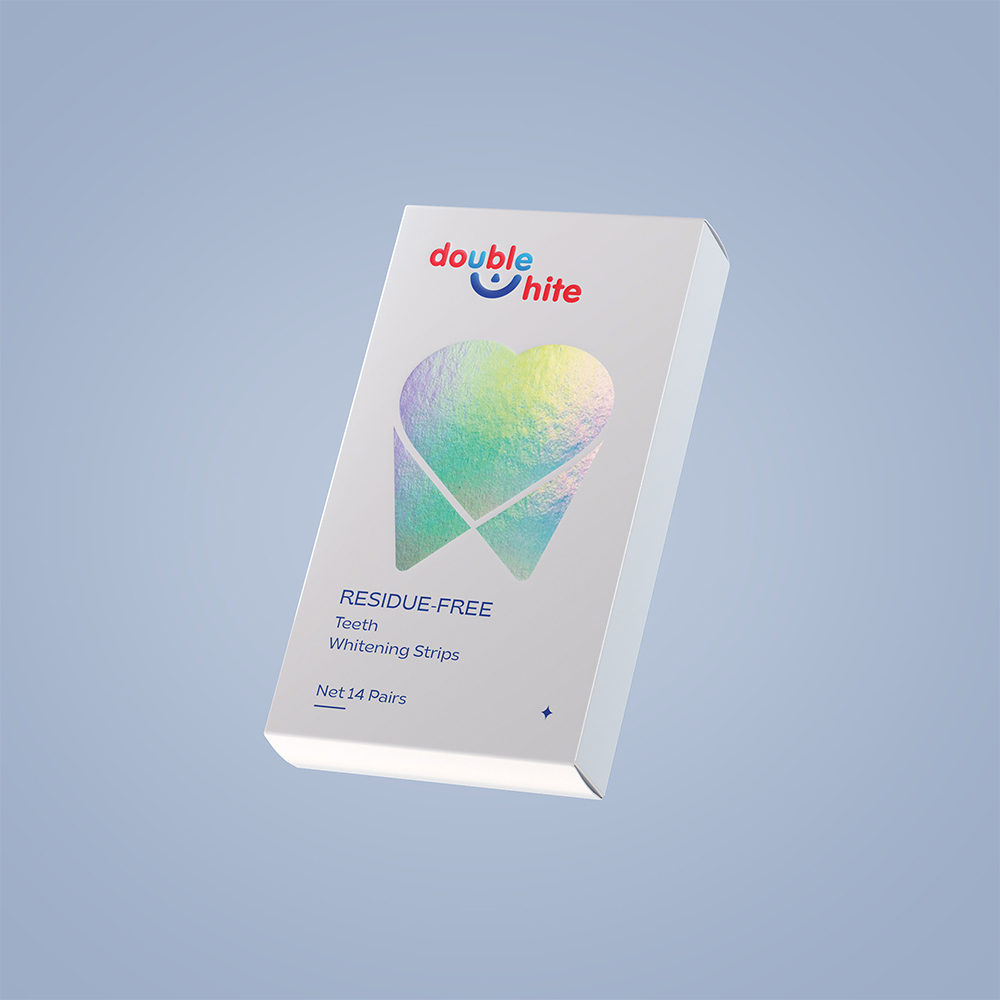
Hydrogen peroxide-based whitening strips are the most widely used and recognized option on the market. They contain hydrogen peroxide at concentrations ranging from 6% to 14%, which is sufficient to lighten most surface-level stains without causing harm when used as directed. These strips work by slowly releasing the hydrogen peroxide, which then penetrates the enamel to break down the stain molecules. Hydrogen peroxide strips are usually effective in providing visible results in about 7–10 days of regular use.
Sodium Chlorite Teeth Whitening Strips
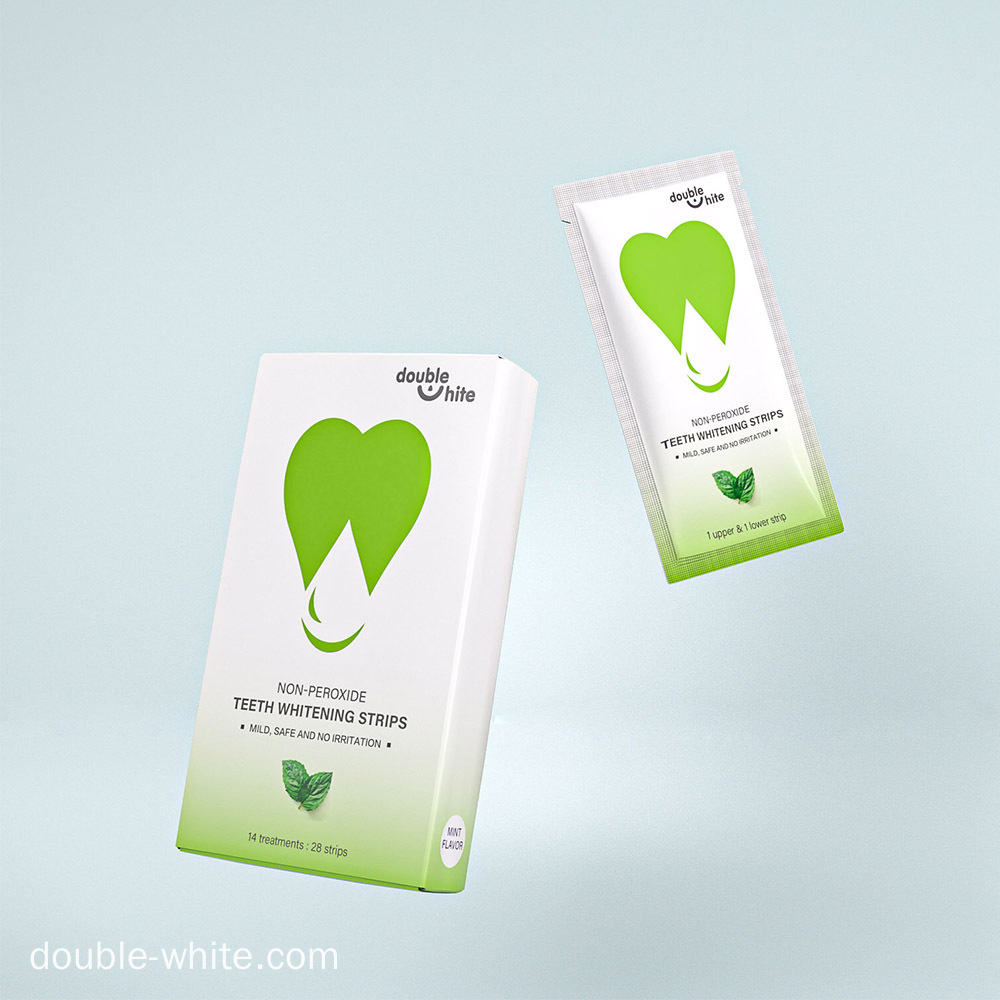
Sodium chlorite is another active ingredient used in whitening strips, though it's less common than hydrogen peroxide. It’s often promoted as a gentler alternative for people with sensitive teeth. This compound works by releasing oxygen when it comes in contact with the enamel, which helps break down stains. Though it’s not as powerful as hydrogen peroxide, sodium chlorite may be a better choice for those who experience tooth sensitivity with stronger whitening agents.
PAP Teeth Whitening Strips

PAP, or Phthalimidoperoxycaproic acid, is a relatively new whitening agent that’s gaining popularity. Unlike hydrogen peroxide, PAP doesn’t rely on bleaching agents, making it a gentler option. Instead, PAP breaks down stains without the harsh chemical reaction. Many users find PAP strips to be a more comfortable experience, especially for those with sensitive teeth or gums. Although the results might take a little longer to appear compared to hydrogen peroxide strips, PAP is highly regarded for its gentler formula.
How to Choose Different Whitening Strips?
When selecting whitening strips, it’s essential to consider your specific needs, including the level of staining, tooth sensitivity, and your whitening goals. Here are a few factors to help guide your decision:
-
Assess Your Teeth Sensitivity
If you have sensitive teeth, opt for whitening strips with lower hydrogen peroxide or carbamide peroxide concentrations (e.g., 5-10%). Look for strips infused with soothing ingredients like aloe vera or potassium nitrate to minimize irritation. Avoid prolonged wear times and choose brands specifically labeled "for sensitive teeth." -
Check the Whitening Agent & Strength
Hydrogen peroxide strips work faster but may cause more sensitivity, while carbamide peroxide releases whitening agents gradually for gentler results. For noticeable stains, select higher concentrations (10-14%), but follow usage instructions carefully to prevent enamel damage. -
Consider Fit & Adhesion
Choose contoured or flexible strips that conform well to your teeth for even whitening. Poorly adhering strips may slip, causing uneven results or gum irritation. Read reviews to confirm the strips stay in place during use. -
Evaluate Treatment Duration & Frequency
Some strips require 30-minute daily applications for 1-2 weeks, while others need just 5-10 minutes for similar results. Pick a schedule that fits your routine—shorter sessions may be better for busy lifestyles. Avoid overuse to prevent enamel erosion. -
Look for ADA Approval or Dentist Recommendations
ADA-approved strips meet safety and efficacy standards, ensuring reliable results. If you have dental work (e.g., crowns), consult your dentist first, as strips only whiten natural teeth. Professional-grade strips may offer better outcomes for stubborn discoloration. -
Compare Costs & Brand Reputation
Budget-friendly options (e.g., Crest 3D White) often deliver good results, while premium brands may offer enhanced comfort or faster effects. Avoid overly cheap, unverified products that may lack proper whitening agents or cause harm.
How to Use Whitening Strips
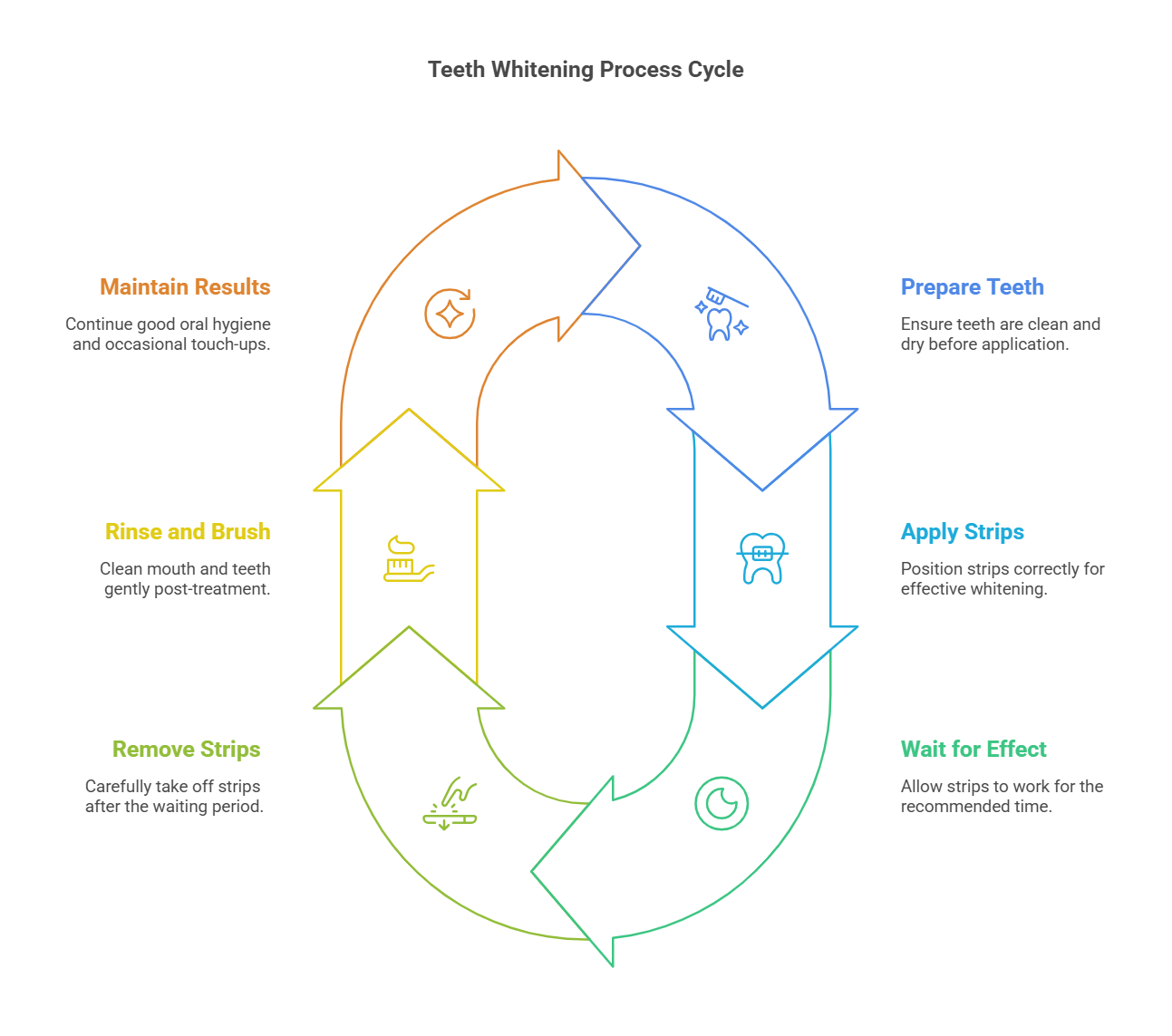
Using whitening strips is a simple and effective way to brighten your smile, but it's crucial to follow the instructions carefully to avoid overuse or potential damage to your enamel. Here’s a step-by-step guide to help you achieve the best results:
Step 1: Brush and Floss Your Teeth
Before applying whitening strips, thoroughly brush and floss your teeth to remove any plaque, food particles, or debris. This ensures the strips adhere properly and work effectively. Avoid using whitening toothpaste right before application, as it may increase sensitivity.
Step 2: Dry Your Teeth with a Tissue
Gently pat your teeth dry with a clean tissue or cloth. Moisture can prevent the strips from sticking well, so make sure the surface of your teeth is as dry as possible before application.
Step 3: Remove the Strips from the Packaging
Carefully peel the whitening strips from their protective packaging. Most kits come with two strips—one for the upper teeth and one for the lower teeth. Avoid touching the gel side to keep it clean and effective.
Step 4: Apply the Strips to Your Teeth
Align the whitening strip with your gum line and press it firmly onto your teeth, smoothing it out to ensure full coverage. Avoid placing the strip too high on your gums to prevent irritation. Repeat the process for the opposite arch.
Step 5: Remove Excess Gel or Adjust Placement
If any gel oozes out or the strip isn’t positioned correctly, gently adjust it with clean fingers. Wipe away excess gel from your gums or lips to minimize irritation.
Step 6: Leave the Strips On for the Recommended Time
Follow the instructions provided with your whitening strips, as wear times vary (usually between 5–30 minutes). Avoid eating, drinking, or talking excessively while the strips are on to prevent shifting.
Step 7: Peel Off the Strips and Discard Them
After the recommended time, slowly peel off the strips starting from the back of your teeth. Throw them away—they are designed for single use only.
Step 8: Rinse Your Mouth and Brush Gently
Rinse your mouth with water to remove any remaining gel, then brush your teeth lightly with a non-whitening toothpaste. Avoid consuming deeply colored foods or drinks (like coffee or red wine) for at least an hour.
Step 9: Repeat as Directed
For best results, use the strips as often as the manufacturer recommends (usually once daily or every other day for 1–2 weeks). Overuse can lead to tooth sensitivity or gum irritation.
Step 10: Maintain Results with Good Oral Hygiene
To prolong your whitening results, practice good oral care—brush twice daily, floss regularly, and consider touch-up treatments as needed. Limit staining beverages and tobacco use to keep your smile bright.
Conclusion
When it comes to whitening your teeth, there’s no one-size-fits-all solution. Different types of whitening strips suit different needs, and choosing the right one for you depends on factors like the severity of your stains, tooth sensitivity, and your desired results. While whitening strips can deliver excellent results, it’s important to remember that not all products are created equal. Always follow the dentist's recommendation to ensure you're using the best option for your oral health.
For those seeking a safe and effective whitening option, Double White's whitening strips, made with gentle ingredients, may be just what you need to boost your smile and your confidence. Whether you’re getting ready for a big event or simply looking to maintain a bright, white smile, these strips are designed with your needs in mind. Always remember, for severe discoloration, it’s best to consult with a dentist to explore other options for a whiter smile.

Answers to Teeth Whitening Questions: Analysis of Frequently Asked Questions

Intimate Care: Whitening Tips for Teeth Whitening Strips

Unlock Your Brand's Potential: The Definitive Guide to Teeth Whitening Pens Private Labelers in 2026

Top Private Label Teeth Whitening Manufacturers in 2027: Your Ultimate Guide to Launching a Thriving Brand

Unlocking Success: The Ultimate Guide to Charcoal Teeth Whitening Private Label in 2027

Private Label Teeth Whitening: The Ultimate 2025 Guide to Launch & Scale Your Brand
About Product Choice
How do I determine which product is right for me?
You can choose the product type and specifications that suit you based on your needs, budget, and expected results.
Teeth Whitening Powder
What is the shelf life of the teeth whitening powder?
Our teeth whitening powder has a stable shelf life, backed by scientific analysis and clinical trials to ensure effectiveness.
About Cooperation Process
How long does the cooperation process take?
The time for the cooperation process depends on your specific needs and order volume. Generally speaking, it may take weeks to months from demand confirmation to logistics delivery.
About Customized Services
Can I develop an exclusive formula and sign an NDA?
Yes, Double White supports developing exclusive formulas to meet customer market differentiation needs
About Solution Suggestions
Can your company provide solutions to specific dental problems?
Yes, we can provide targeted solutions and suggestions based on different dental problems, including teeth whitening, orthodontics, etc.

HP Teeth Whitening Alcohol-free Strips HPNA-01
Discover Double White’s HP Teeth Whitening Alcohol-free Strips HPNA-01, the best teeth whitening strips designed for a brighter smile without irritation. Alcohol-free formula ensures gentle yet effective whitening. Achieve professional results safely and easily at home with these top-rated teeth whitening strips.

HP Teeth Whitening Alcohol-free Strips HPNA-02
Double White’s HP Teeth Whitening Alcohol-free Strips HPNA-02 offer effective, gentle whitening without alcohol. These best whitening teeth strips deliver visible results, making them the good teeth whitening strips choice for a brighter smile. Try our whitening strips for teeth today!

Hydrogen Peroxide Residue Free Teeth Whitening Strips RFHP01
Double White Hydrogen Peroxide Residue Free Teeth Whitening Strips RFHP01 deliver the best quick teeth whitening results without residue. These best teeth whitening strips offer safe, effective brightening for a confident smile. Experience one of the best teeth whitening products today.

Hydrogen Peroxide Residue Free Teeth Whitening Strips RFHP02
100% tooth surface residue-free teeth strips represents the latest white teeth technology. This new product has strong adhesion on the teeth, but when peeled off, no gel-like substance remains on the tooth surface, leaving the teeth bright. Like new, no cleaning required.
Send us your inquiry
Reach out to us through the form below or via the contact information provided.
Our dedicated team is committed to providing prompt and personalized responses to all your queries.
Please fill out the fields above with your full name, email address, and comment.
Copyright © 2025 Double White All Rights Reserved. Designed by gooeyun

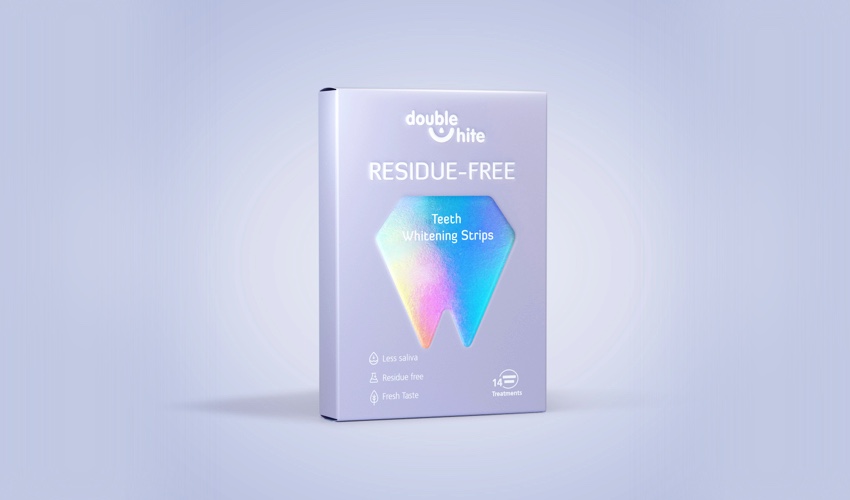
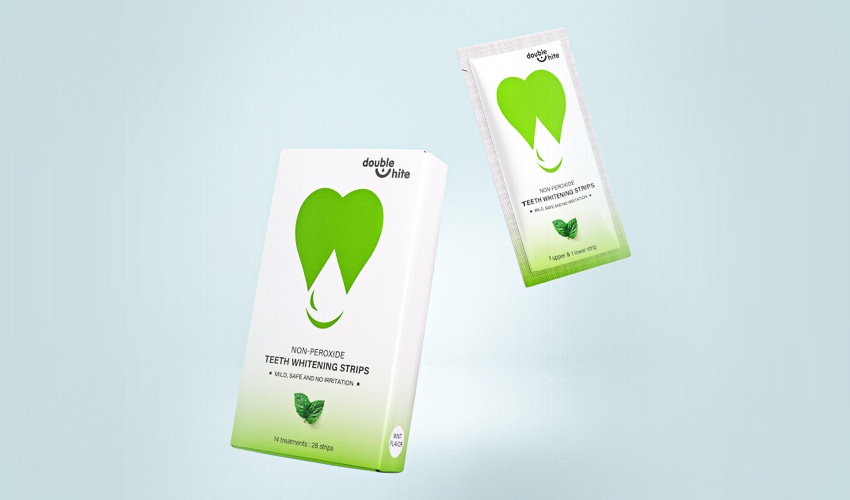
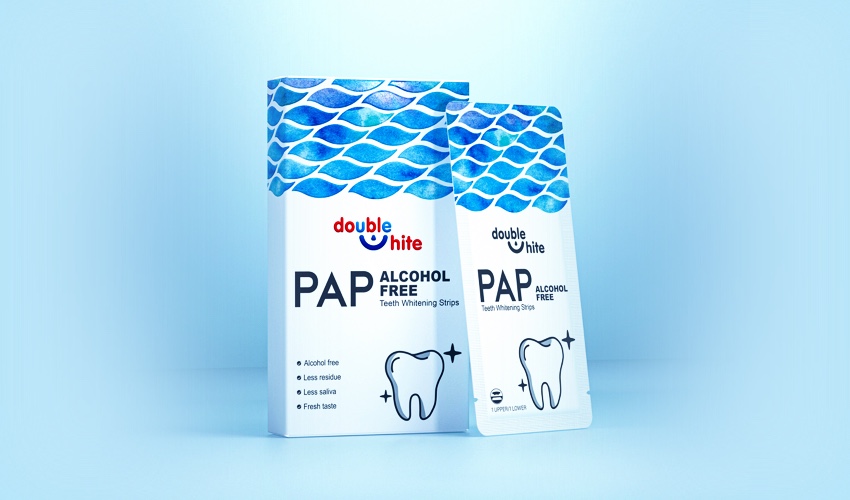
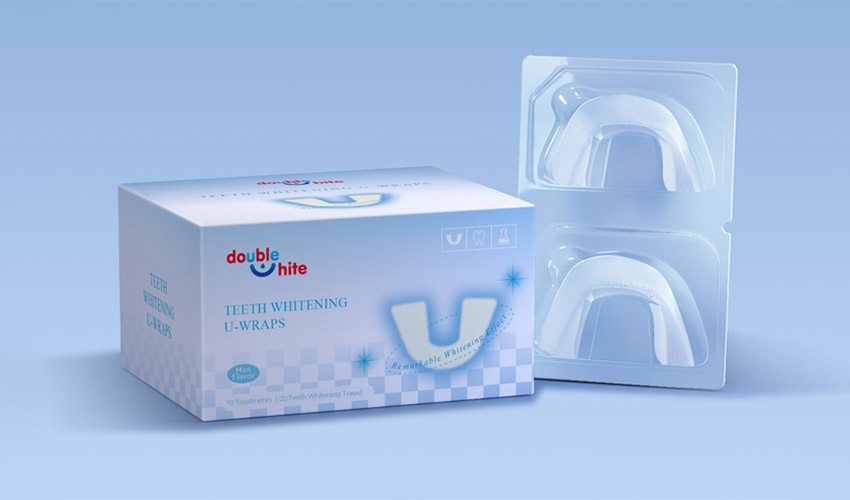
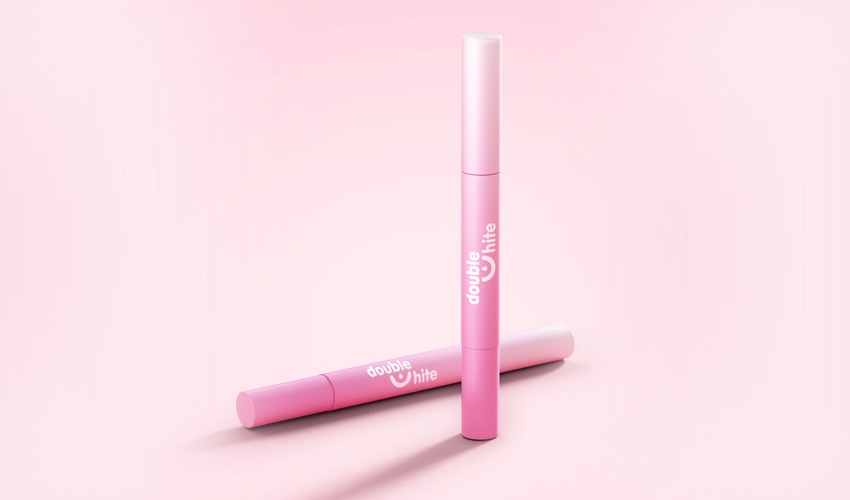
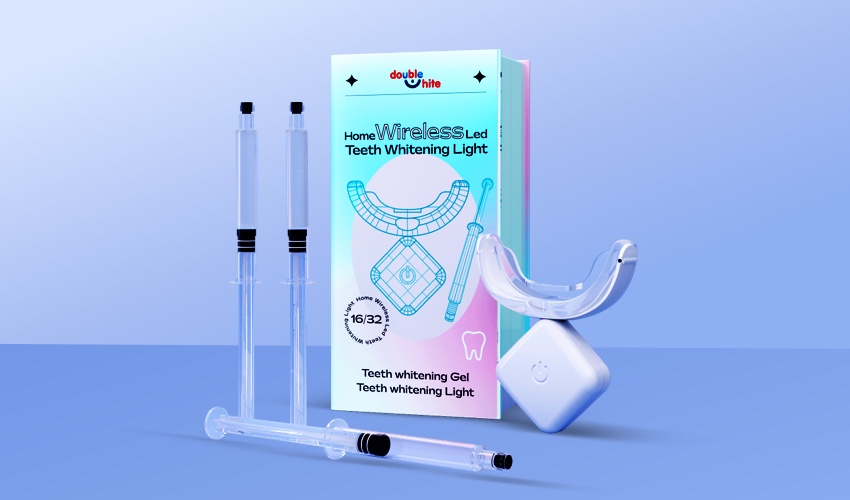
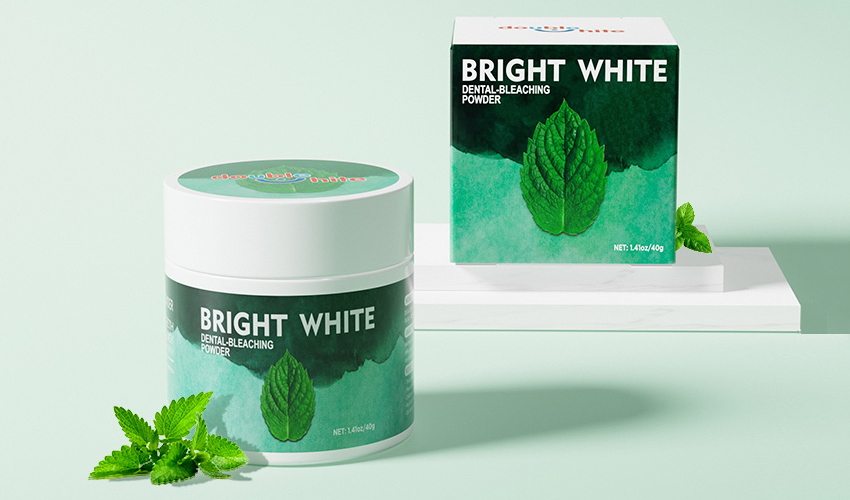






Whatsapp: +8615920313473
cndoublewhite
Doublewhite
doublewhitecn
cndoublewhite
cndoublewhite